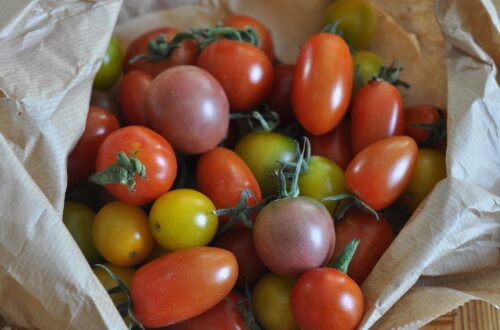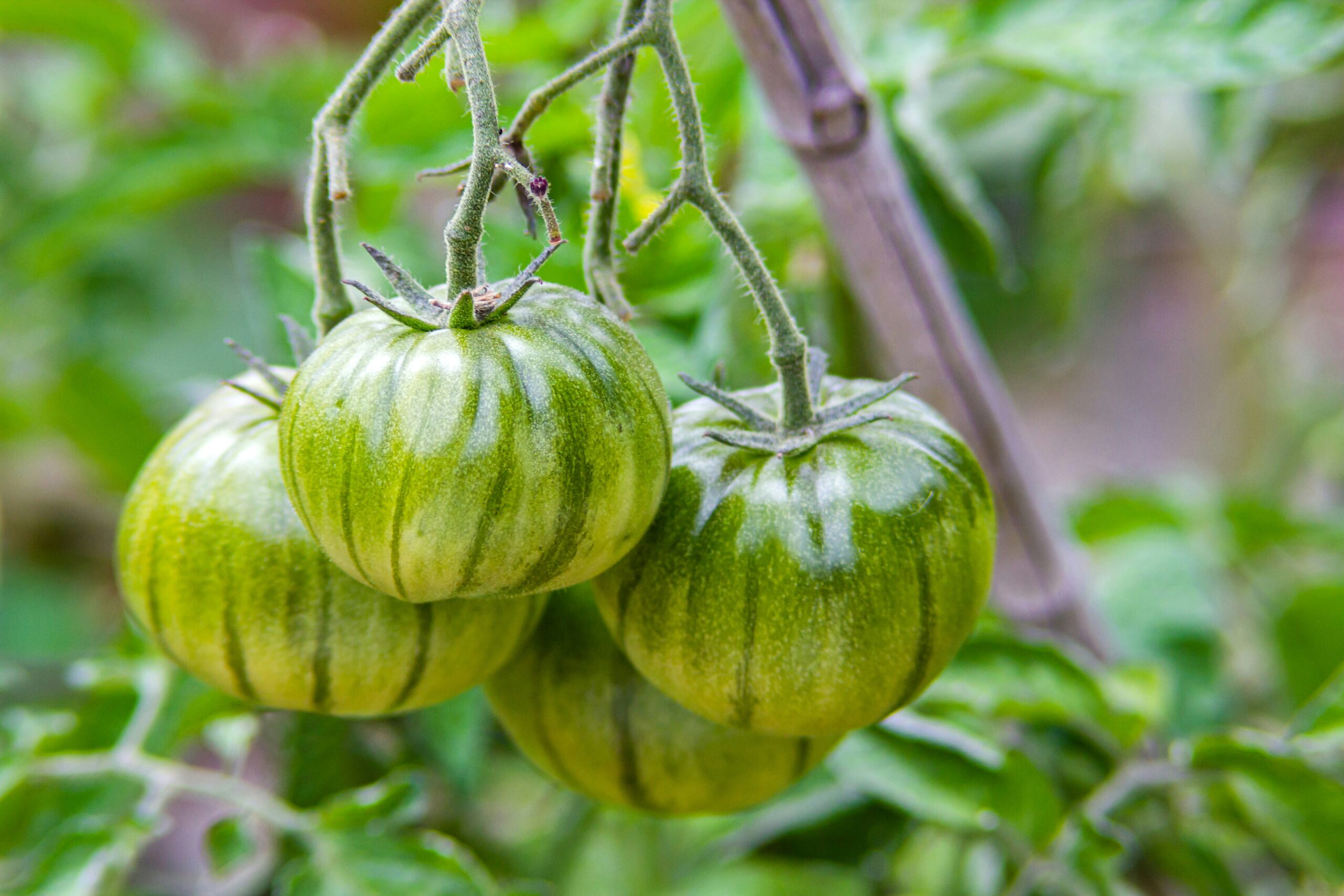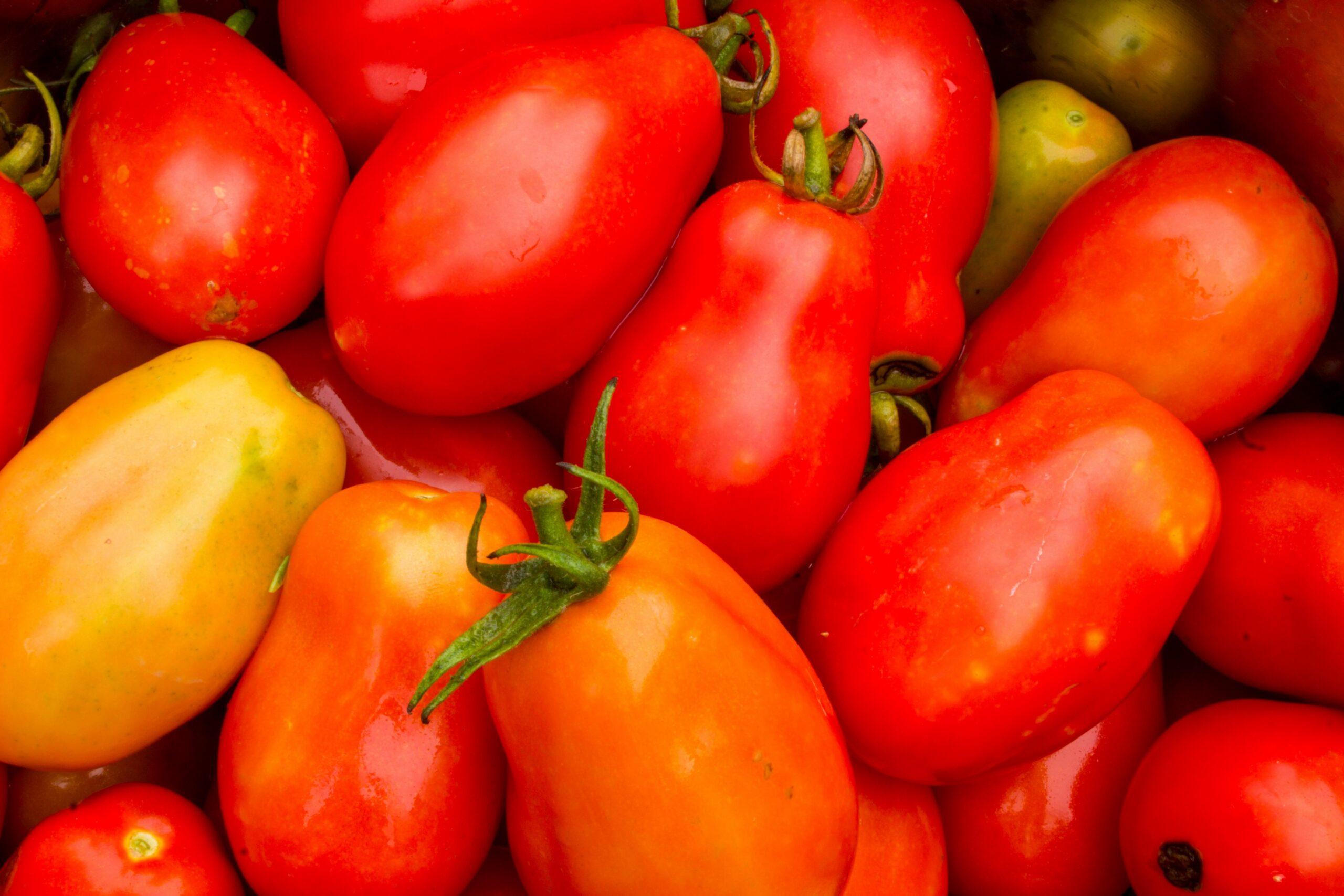
How to Water Tomato Plants: Tips for a Thriving Garden
Have you ever wondered if you’re watering your tomato plants the right way? Tomatoes are a favorite in many gardens, but getting the watering routine just right can be a bit tricky. The key to growing healthy, flavorful tomatoes often lies in how and when you water them. Too little, and you’ll have stunted growth; too much, and you risk diseases like root rot. In this comprehensive guide, we’ll cover everything you need to know about watering tomato plants so you can enjoy a bountiful harvest all season long.
Understanding Tomato Plants’ Water Needs
Tomato plants are thirstier than many other garden vegetables. Their roots grow deep into the soil, and they require consistent moisture to develop strong stems and juicy fruits. But that doesn’t mean you should drench them every day. Understanding how much water your tomato plants need—and when to give it—can make all the difference in your garden’s success.
The Role of Soil Type
Your soil type plays a significant role in how often and how much you should water your tomato plants. Sandy soils drain quickly, which means you’ll need to water more frequently. Clay soils, on the other hand, retain moisture longer, so they require less frequent watering. A loamy soil, which is a mix of sand, silt, and clay, is ideal for tomatoes as it balances drainage and moisture retention.
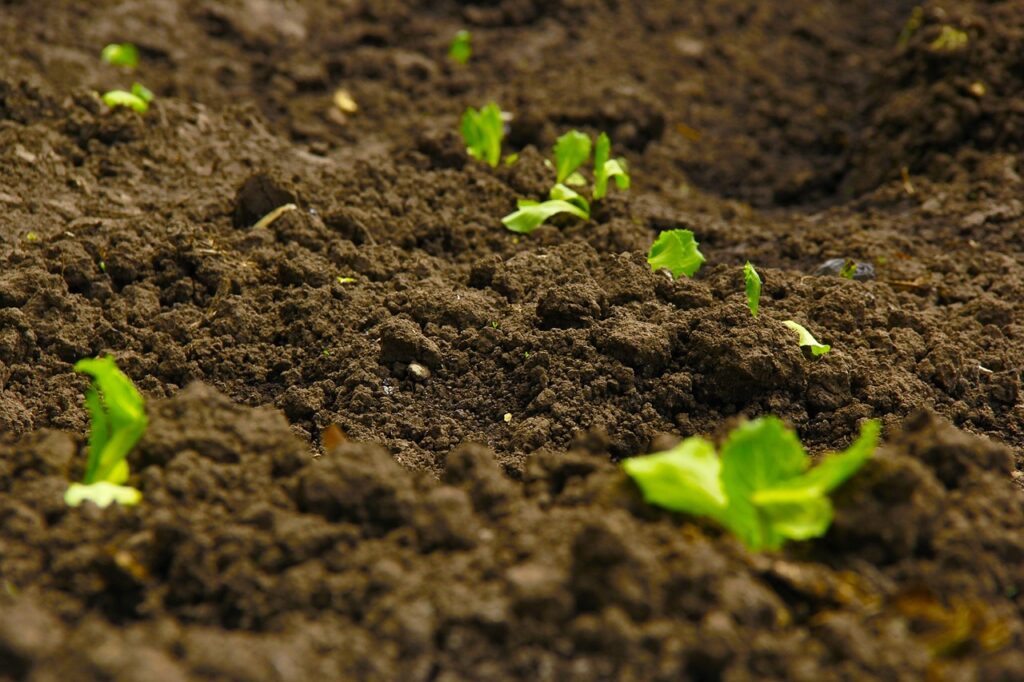
Climate and Weather Considerations
The climate you’re gardening in will also impact your watering schedule. In hot, dry climates, your tomatoes will need more frequent watering, especially during peak growing periods. On the other hand, if you live in a cooler, humid area, your plants will require less frequent watering. Always adjust your watering routine based on the weather; during periods of heavy rain, you might not need to water at all.
How Much Water Do Tomato Plants Need?
Tomato plants generally require 1-1.5 inches of water per week, but this can vary depending on several factors, including plant size, growth stage, and weather conditions. The best way to ensure your tomatoes are getting the right amount of water is to monitor the soil moisture level.

Monitoring Soil Moisture
To check if your tomato plants need water, stick your finger about 2 inches into the soil. If it feels dry at that depth, it’s time to water. Alternatively, you can use a moisture meter for more precise measurements. The soil should be consistently moist but not waterlogged.
The Deep Watering Technique
One of the most effective methods for watering tomato plants is the deep watering technique. This involves soaking the soil to a depth of 6-8 inches, encouraging the roots to grow deeper into the ground. Deep roots are better able to access nutrients and moisture, which leads to healthier, more resilient plants. To deep water, apply water slowly at the base of the plant until the soil is thoroughly saturated.
When to Water Tomato Plants
Timing is crucial when it comes to watering tomatoes. Watering at the right time of day can help prevent diseases and promote healthy growth.
Morning vs. Evening Watering
The best time to water tomato plants is early in the morning. Watering in the morning allows the leaves to dry off during the day, reducing the risk of fungal diseases like blight and mildew. It also ensures that your plants have plenty of moisture to draw from as they photosynthesize throughout the day.
While evening watering is not ideal, it can be done if necessary. If you water in the evening, try to avoid getting water on the leaves, as this can create a damp environment conducive to disease. Instead, focus on watering the base of the plant.
How Often to Water
The frequency of watering depends on the stage of growth and weather conditions. Young seedlings will need more frequent watering to establish strong root systems, while mature plants with established roots can go longer between waterings. During hot, dry weather, you may need to water every day or every other day, while in cooler weather, once or twice a week may suffice.
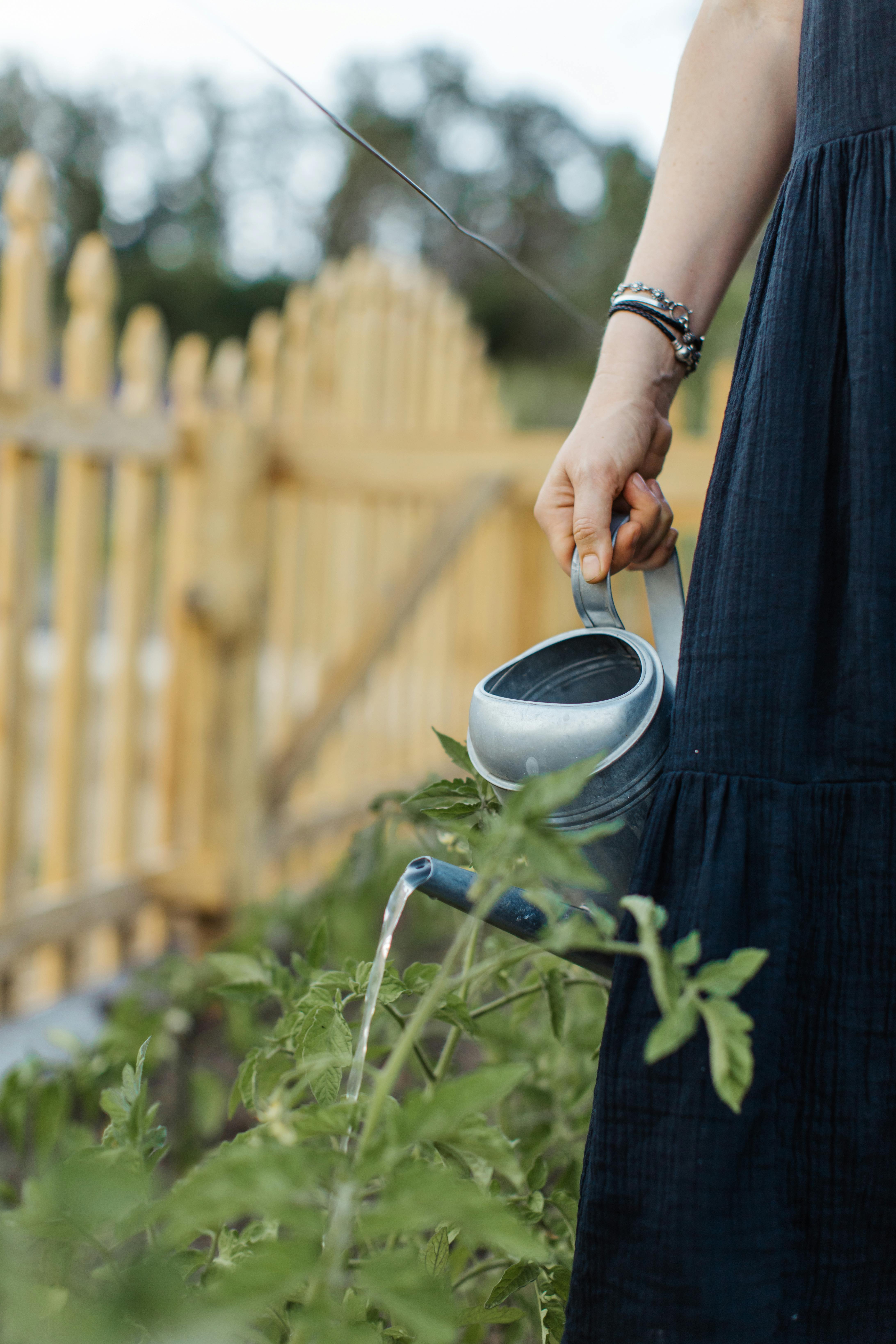
Watering Techniques for Healthy Tomatoes
There are several methods you can use to water your tomato plants. Each has its advantages and can be chosen based on your garden setup and personal preference.
Drip Irrigation Systems
Drip irrigation is one of the most efficient ways to water tomato plants. This method delivers water directly to the base of the plant, minimizing water waste and reducing the risk of disease. Drip systems can be set on timers, making it easy to maintain a consistent watering schedule even when you’re not home.
Soaker Hoses
Soaker hoses are another effective method for watering tomatoes. These hoses allow water to seep out slowly along their length, providing a consistent, deep watering directly to the soil. Like drip irrigation, soaker hoses reduce water waste and help keep the foliage dry, lowering the risk of disease.
Hand Watering
Hand watering gives you complete control over how much water each plant receives. Using a watering can or hose with a gentle spray nozzle, you can target the base of each tomato plant, ensuring that water reaches the roots. Hand watering is ideal for smaller gardens or for gardeners who enjoy spending time tending to each plant individually.
Mulching for Moisture Retention
Mulching is a simple yet highly effective way to retain moisture in the soil and reduce the need for frequent watering. Apply a 2-3 inch layer of organic mulch, such as straw, grass clippings, or compost, around the base of your tomato plants. Mulch helps to keep the soil cool, reduces evaporation, and suppresses weed growth, which can compete with your tomatoes for water and nutrients.
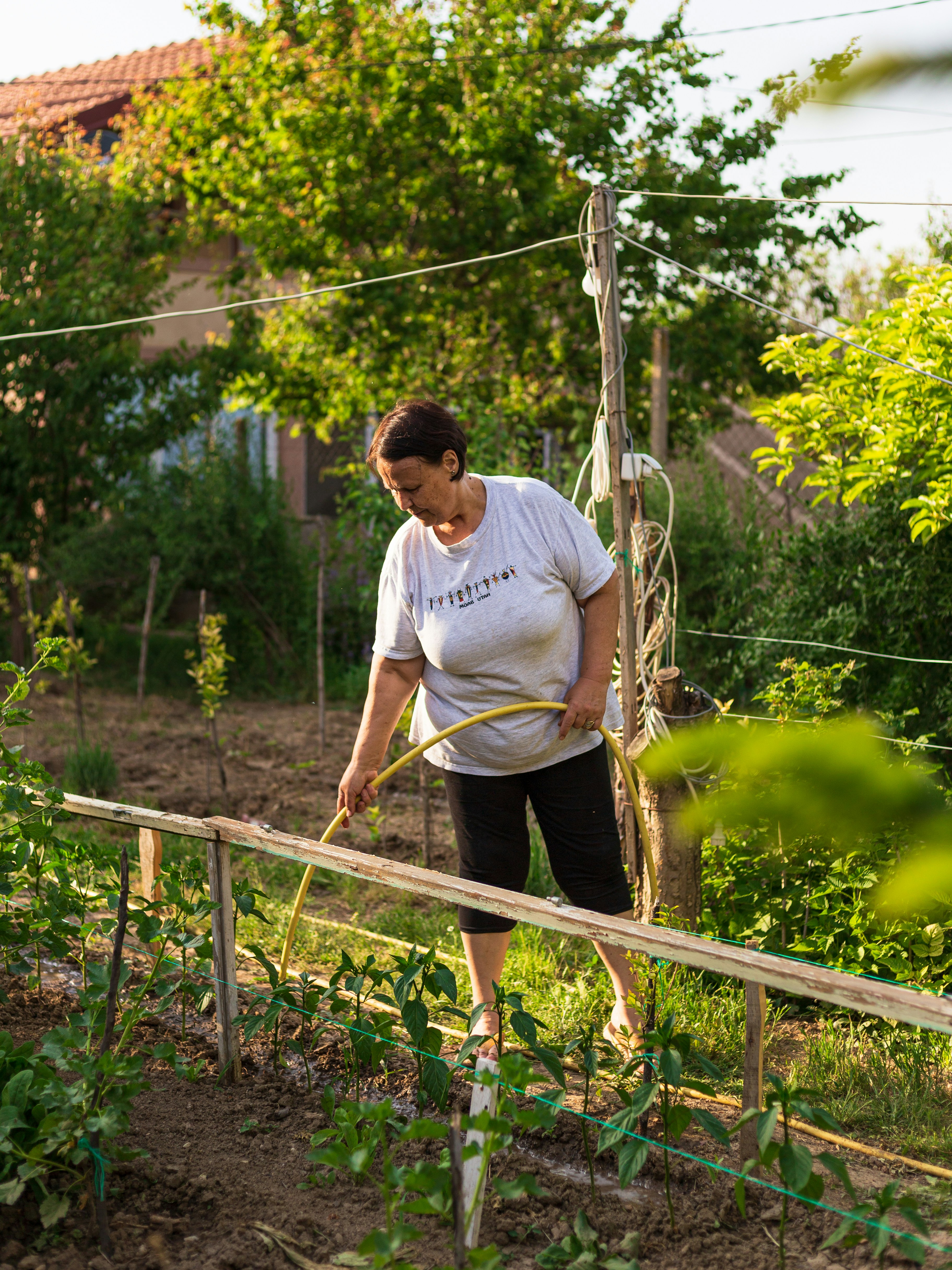
Avoiding Common Watering Mistakes
Watering tomatoes may seem straightforward, but there are some common mistakes that can harm your plants. Here’s how to avoid them:
Overwatering
Overwatering is a frequent issue in tomato gardening. Too much water can lead to root rot, nutrient leaching, and poor fruit development. Signs of overwatering include yellowing leaves, wilting despite moist soil, and cracked fruit. To avoid overwatering, always check the soil moisture before adding more water.
Underwatering
On the flip side, underwatering can cause your tomato plants to become stressed, leading to stunted growth and blossom end rot. Symptoms of underwatering include dry, brittle leaves, wilting during the heat of the day, and small or deformed fruits. Ensure your plants receive consistent moisture, especially during hot weather.
Inconsistent Watering
Inconsistent watering can lead to problems like cracking tomatoes and blossom end rot. Tomatoes need regular, even moisture to thrive. Try to maintain a consistent watering schedule, and use mulch to help keep the soil evenly moist.
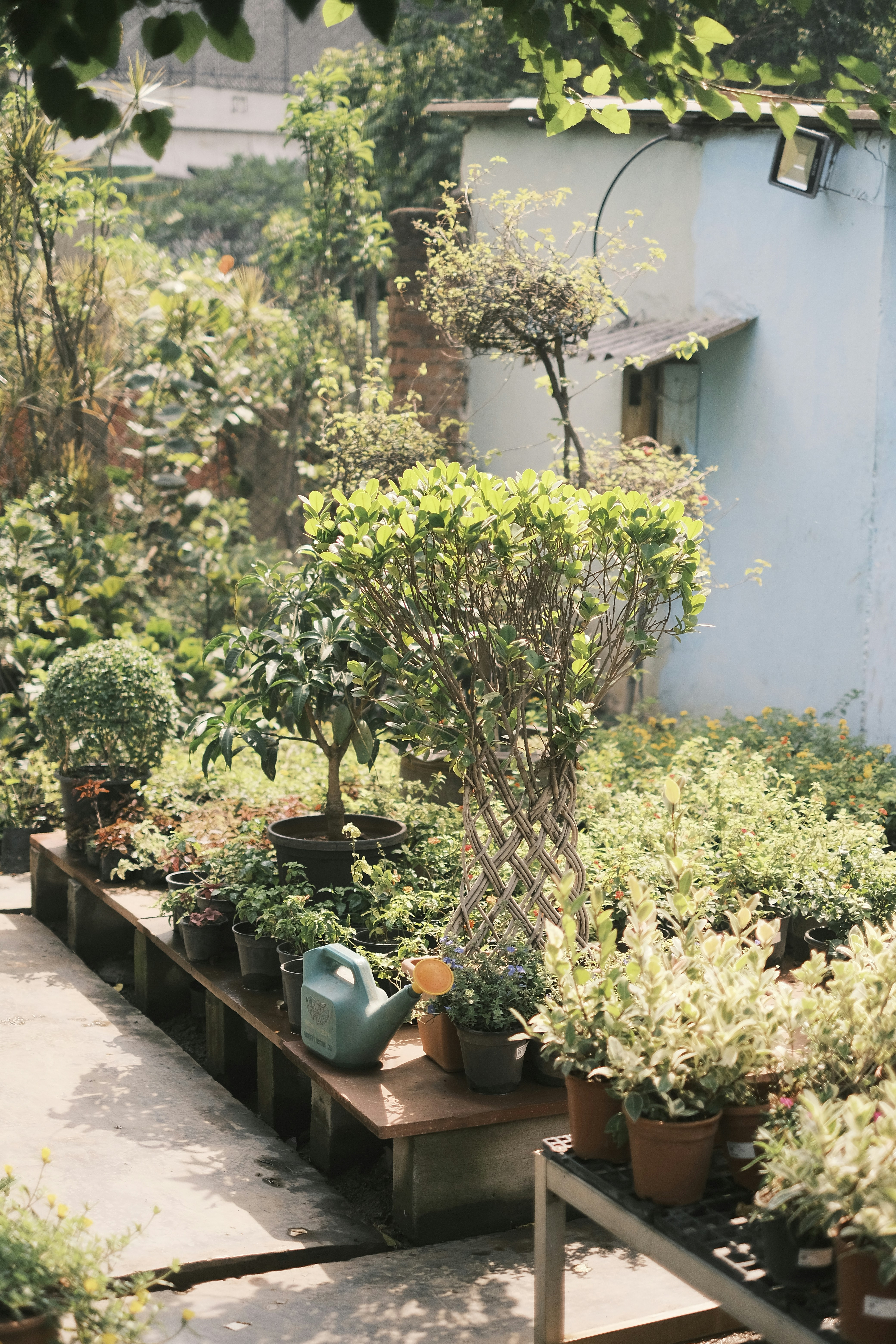
Watering Tomato Plants in Containers
If you’re growing tomatoes in containers, their watering needs will differ slightly from those planted in the ground. Container plants tend to dry out more quickly, so you’ll need to monitor soil moisture closely and water more frequently.
Choosing the Right Container
The type of container you use can affect how often you need to water. Larger containers hold more soil, which retains moisture longer, reducing the frequency of watering. Ensure your containers have drainage holes to prevent water from accumulating at the bottom, which can lead to root rot.
Watering Techniques for Containers
Water container tomatoes until you see water coming out of the drainage holes. This ensures that the entire root system receives moisture. You may need to water container tomatoes daily, especially during hot, dry weather. Using a drip irrigation system or self-watering containers can help maintain consistent moisture levels.
Signs Your Tomato Plants Need Water
Knowing the signs that your tomato plants need water can help you keep them healthy and productive. Here are a few indicators that it’s time to water:
Wilting
One of the most obvious signs that your tomato plants need water is wilting. If your plants droop or look limp, especially during the hottest part of the day, it’s a sign they’re thirsty. However, be cautious—wilting can also occur from overwatering, so check the soil moisture before adding water.
Dry, Cracked Soil
If the soil around your tomato plants is dry and cracking, it’s a clear sign that your plants need water. Check the moisture level at a depth of 2 inches, and if it’s dry, give your plants a deep watering.
Yellowing Leaves
Yellow leaves can indicate both overwatering and underwatering. If your plants’ leaves are yellowing and the soil is dry, it’s time to water. If the soil is soggy, you may need to reduce your watering frequency.
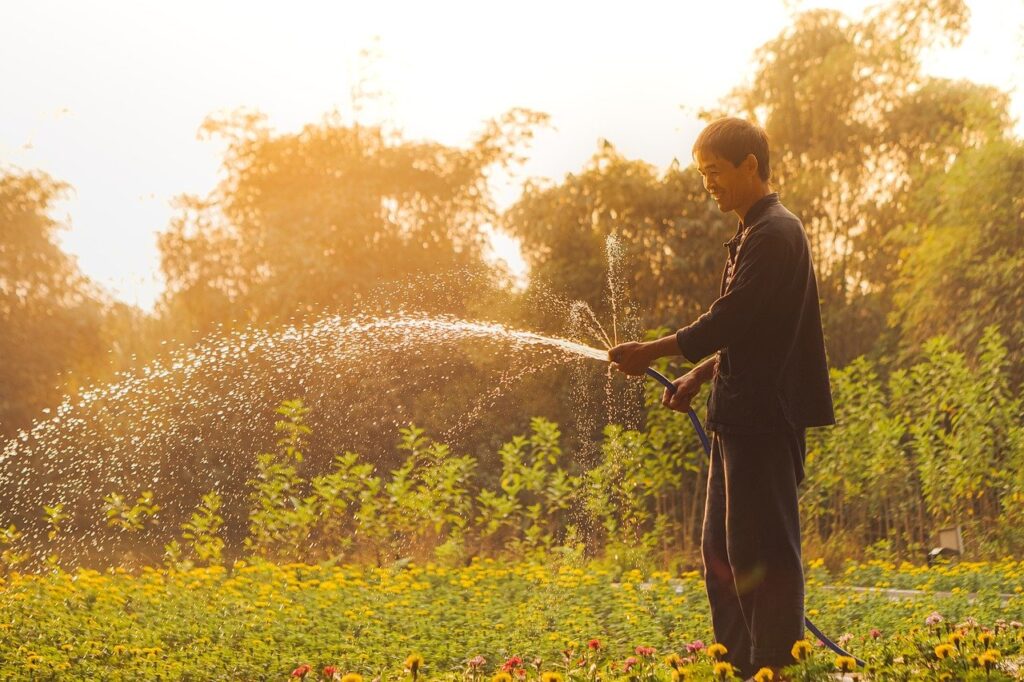
Watering Tomato Plants Throughout the Growing Season
The watering needs of your tomato plants will change as they grow and the seasons progress. Here’s how to adjust your watering routine to meet their needs at each stage:
Seedlings
Young tomato seedlings need consistent moisture to establish strong roots. Water them lightly and frequently, keeping the soil evenly moist but not waterlogged. As the seedlings grow, gradually increase the amount of water to encourage deeper root development.
Flowering and Fruiting
When your tomato plants begin to flower and set fruit, they’ll need more water to support the growth of the tomatoes. Ensure they receive at least 1-1.5 inches of water per week, adjusting based on weather conditions. Deep watering during this stage is crucial for producing large, juicy tomatoes.
Harvest Time
As your tomatoes approach harvest, you can slightly reduce the amount of water. Too much water close to harvest can cause tomatoes to crack or lose some of their flavor. However, don’t let the soil dry out completely, as this can lead to stressed plants and poor fruit quality.
Watering tomato plants properly is one of the most important aspects of growing a successful garden. By understanding your plants’ water needs, choosing the right watering methods, and avoiding common mistakes, you can ensure your tomato plants stay healthy and productive all season long. Whether you’re a seasoned gardener or just starting, these tips will help you achieve a bountiful harvest of delicious, homegrown tomatoes.
Remember, the key to thriving tomato plants is consistency. Keep an eye on your soil moisture, adjust your watering schedule based on weather and growth stages, and enjoy the process of nurturing your garden.

